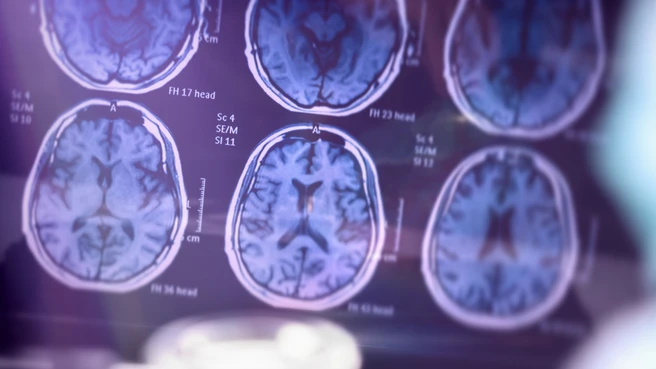The enzyme γ-secretase is capable of cleaving more than 150 different membrane proteins. These include the amyloid precursor protein, from which the deposits characteristic of Alzheimer's disease originate, and the protein Notch1, which plays an important role in cell communication and cancer development. For a long time, however, it was unclear how γ-secretase recognizes its target proteins. Many proteases identify substrates based on characteristic amino acid sequences, but γ-secretase does not.
An interdisciplinary team from the Biomedical Center of LMU, the Technical University of Munich (TUM), and the German Center for Neurodegenerative Diseases (DZNE) has now been able to clarify details of the mechanism. The researchers show that substrates of the enzyme have a complex physicochemical profile that is crucial for their recognition and cleavage.
New method reveals hidden characteristics
The team developed a novel method called “Comparative Physicochemical Profiling” (CPP), which allows the physicochemical properties of known substrates to be compared with reference proteins and characteristic patterns to be identified. In combination with explainable artificial intelligence (XAI), the team was able to reveal which features are characteristic of γ-secretase substrates.
“The substrates of γ-secretase have a specific physicochemical profile that extends across the entire transmembrane region and adjacent sequence regions,” explains Professor Harald Steiner (LMU and DZNE), who led the study together with Professor Dmitrij Frishman (TUM School of Life Sciences). Particularly close to the cleavage site of the substrates, the research team found evidence that, in addition to their helical structure, substrates also have the potential to form an extended conformation – a property supported by experimental data from γ-secretase enzyme-substrate complexes.
“We wanted to understand what actually defines a substrate, rather than simply generating a black-box prediction,” adds first author Dr. Stephan Breimann, who played a key role in developing the CPP method. “The use of explainable AI has given us precisely this transparency.”
Prospects for research and application
Using the CPP method, the researchers were also able to identify several previously unknown substrates of the enzyme, including proteins that play an important role in immune regulation and the development of cancer.
The authors of the study are convinced that their findings extend far beyond γ-secretase. “We see this as a new approach to decipher the interplay of sequence, structure, and function for other proteases or, for example, for receptors,” explains Steiner. In the long term, the results could also contribute to the development of therapeutically relevant compounds such as small-molecule drugs, peptides, or antibodies with improved specificities.
And Professor Dmitrij Frishman from TUM explains: "In the future, we intend to significantly expand the scope of this study. In collaboration with the Harald Steiner Group (LMU), we will use an integrated approach combining biochemistry and artificial intelligence to investigate potential new disease associations of γ-secretase and apply our method to identify substrates of many other proteases for which no clear consensus motifs are known."
More Information
This article is based on a press release from LMU (in German).
Original publication: Breimann, S., Kamp, F., Basset, G. et al.: Charting γ-secretase substrates by explainable AI. Nature Communications 16, 5428 (2025). doi.org/10.1038/s41467-025-60638-z
